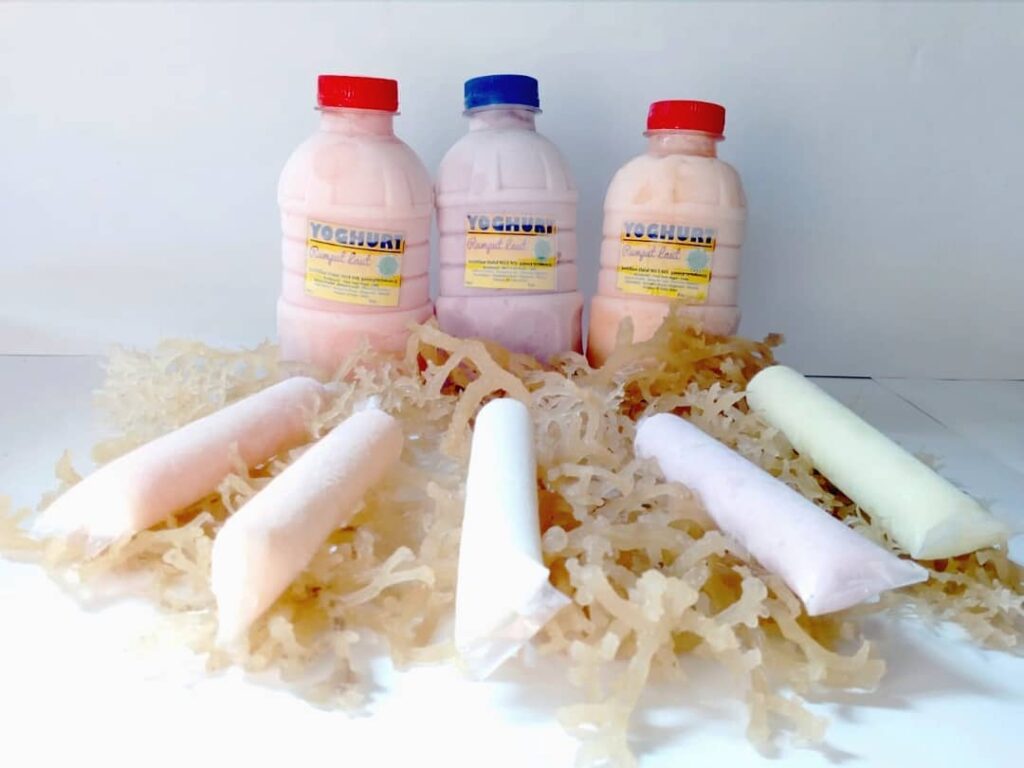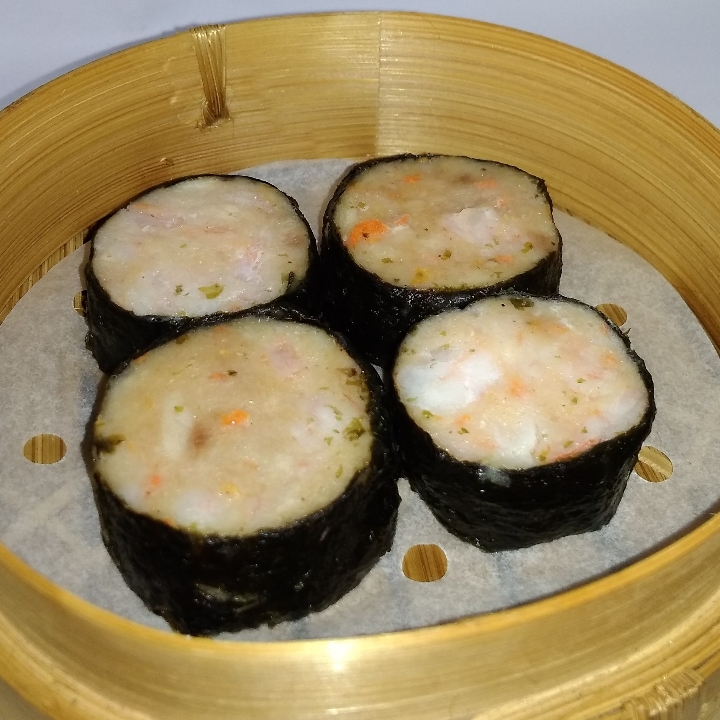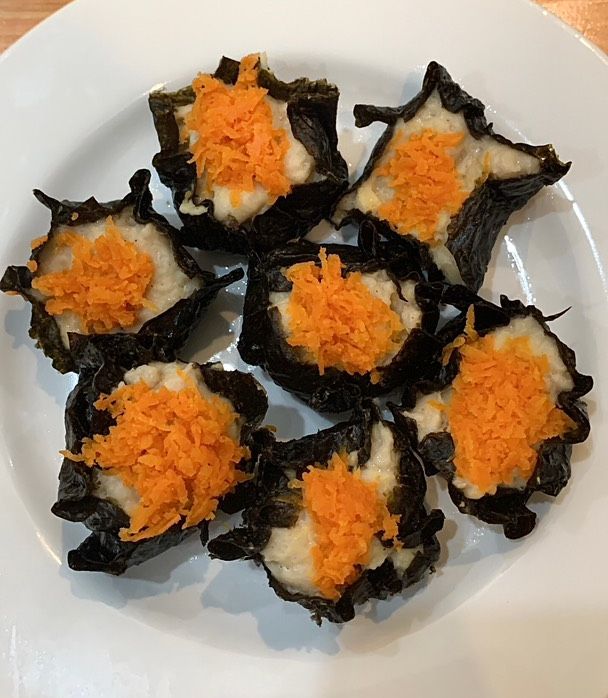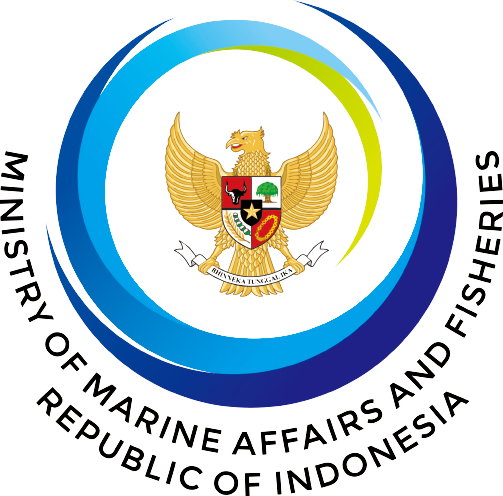
From butter to baths, seaweed’s potential is being tapped in Europe
If the idea of adding fermented seaweed to meals at home isn’t yet appealing, Ólavur Gregersen believes it soon will be. For the past decade, Gregersen and his family in the Faroe Islands have been experimenting with all types of seaweed-inspired cuisine. The results range from seaweed butter to his new favourite: seaweed pesto.
Daily dose
‘Every day we make sure we have a tablespoon of seaweed with some of our meals,’ Gregersen said. Whether it is sprinkled on yoghurt at breakfast, salad for lunch or meat and fish in the evening, he thinks seaweed both tastes great and offers big health and environmental benefits. For human health, seaweed is packed with essential nutrients such as protein and omega-3 fatty acids. The European Food Safety Authority in 2019 referred to seaweed’s reputation as a “superfood” and cited its high nutritional value.
From an environmental point of view, seaweed also has plenty of advantages, sucking up CO2 and requiring no additives, fertiliser or fresh water. Seaweed farming has the potential to offer “many” environmental benefits including in the fight against climate change, according to a 2023 United Nations report.
Understanding the overall potential, the European Commission in 2022 published an action plan for increasing seaweed production in Europe. Stepped-up research is a central part of the strategy along with better legislation, targeted business support and greater social awareness.
Seaweed can be grown in the open sea or in tanks on land. The EU is currently one of the world’s biggest seaweed importers, getting shipments from China, South Korea and Chile for food and industrial uses such as fertiliser.
The global market for seaweed was worth nearly €14 billion in 2021 and is projected to grow to more than €22 billion in 2028, according to the Dutch government. The European market for seaweed could be worth €9 billion in 2030 with demand in Europe forecast to rise from 270 000 tonnes in 2019 to 8 million tonnes over the period, according to the EU. It says production growth in Europe could create around 85 000 jobs.
Food, feed and more
Gregersen is an entrepreneur and a co-founder of Ocean Rainforest, which has been pioneering seaweed cultivation offshore in the Faroes since 2010. He also coordinates a European research project that received EU funding to develop new seaweed-based products. Called SeaMark, the four-year initiative runs through June 2026.
Gregersen sees a big untapped potential in Europe for seaweed, which has been a staple in Asian cuisine for centuries. He wants to prove that it can be grown profitably in Europe and have multiple uses. The project is developing 12 products ranging from food ingredients and feed additives to health supplements and packaging materials. Specific examples include a fibre for food, beta-glucans for skincare and compounds for pelleted bio-packaging.
‘Our aim with Seamark is to demonstrate that it’s possible to make the process of seaweed cultivation more efficient and to show that there is a big market in Europe for these products,’ Gregersen said.
One part of the project is looking at refining lacto-fermentation of seaweed so it can be used in animal feed. Early results showed that, by increasing microflora in the gut, pigs fed seaweed produced more milk and needed less feed. This is now being tested with 500 sows on a farm in Denmark.
Growth potential
On the cultivation front, one particular seaweed that has caught SeaMark’s attention is a brown algae known as sugar kelp, which looks like lasagna noodles and has a sweet flavour.
Also known as Saccharina latissima, it grows naturally along the coast of northern Europe and as far south as Galicia in Spain. Sugar kelp can be cultivated quickly, making it ideal for production as long as costs can be lowered. A closely related type is prominent in Japanese cuisine and is harvested and sold in Japan as “kombu”.
In the Faroes, where the temperature, nutrients and light are optimal for growing seaweed, the SeaMark team has tested new machines that accelerate the sea equivalent of planting rows of seeds in a field.
Separately, the project is testing machines to speed up harvesting once the biomass is ready. The equipment can replace time-consuming manual labour, reduce production costs and open the way for increased output, according to Gregersen. Ocean Rainforest is expanding its activities with offshore cultivation trials in Norway and land-based seaweed farming in Iceland.
Seaweed strains
On the west coast of Ireland, SeaMark is drawing on the expertise of an algal specialist at the University of Galway: Dr Ronan Sulpice.
Sulpice is helping to identify the best seaweed strains for growing sugar kelp and Ulva, also known as “sea lettuce”, which in addition to its nutritional value has substances that can be extracted for pharmaceuticals. The goal is to ensure that yields are high and quality – especially protein content – is optimal.
As it happens, Sulpice is also leading a separate EU-funded research project to identify seaweed strains ideally suited for aquaculture. The project, called ASPIRE, runs for two years through September 2024.
To find seeds for growing, seaweed farmers typically go out to sea or along the shore to collect wild strains. But this practice means the seaweed grown can vary considerably from year to year. Given the increased interest in the crop, Sulpice wants to help farmers improve strain selection and boost production.
‘At present, how we cultivate seeds for seaweed in Europe is a bit like how we cultivated land crops 10 000 years ago – it’s very basic but it is developing,’ he said. ‘Through ASPIRE there is an opportunity to cultivate seaweed varieties which have been selected according to producer and consumer preferences.’
Portugal, Ireland tests
Sulpice has already helped Portuguese farmers who grow Ulva by screening different strains sent to his laboratory in Ireland. The results revealed significant differences in growth rates between the best and worst performing strains; some yielded five times more biomass. This insight has helped one farm in Portugal double its productivity, according to Sulpice.
The main focus of ASPIRE, however, is a reddish-brown seaweed named Palmaria palmata. It is rich in protein, grows in the Atlantic Ocean from Sweden to Portugal and tastes like bacon when fried.
Appetite for Palmaria palmata, also known as dulse or dillisk, is high and the crop can fetch up to €250 a kilogramme. By comparison, imported seaweed in parts of Europe cost around €6 a kg in 2020. Sulpice believes ASPIRE can help seaweed businesses in Europe, including operators in Ireland, exploit such potential.
One such business is Mungo Murphy’s Seaweed, a seaweed farm in the Connemara district of western Ireland. Since 2014, Mungo Murphy’s has been growing seaweed including Ulva and Palmaria palmata alongside abalone and sea cucumbers in land-based tanks. It’s a form of aquaculture that is increasingly important in Ireland, according to Cindy O’Brien, who founded the company and built the farm. She now runs it with her daughter Sinead.
Consumer appeal
For Mungo Murphy’s, the hope is that working with Sulpice will offer a chance to refine the products being grown. ‘This collaboration will allow us to produce more raw material through aquaculture and not be dependent on wild harvested seaweed,’ Cindy O’Brien said.
Seaweed grown on the farm is being turned into a range of consumer products. These include cosmetics like seaweed-infused bath bags and facemasks and foods such as seaweed seasonings for soups, breads, salads and even popcorn.
O’Brien says people are often surprised by the versality of seaweed. Mungo Murphy recommends ways for chefs to use it in their dishes and highlights its uses in consumer goods.
As ASPIRE reaches its halfway point, O’Brien is counting on the project to play its part in expanding the general appeal of seaweed. ‘This will help us produce more healthy products for human consumption,’ she said.
This article was first published by The EU. The accuracy of the information contained therein is not the responsibility of Seaweednetwork.












